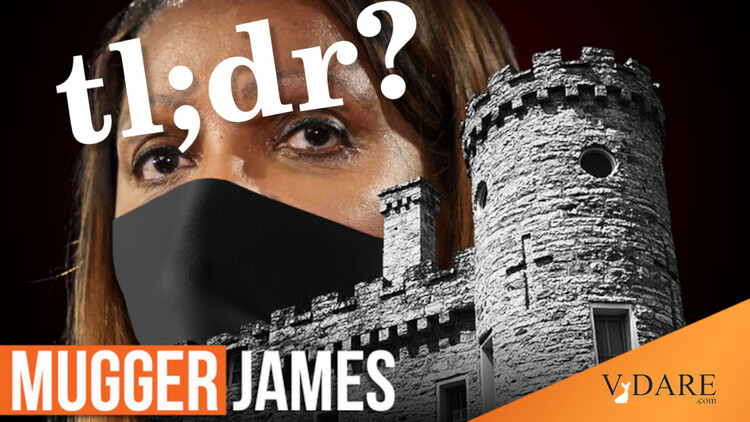The other thing that Tucker Carlson’s text message makes undeniable
Analysis by Philip Bump
National columnist
May 3, 2023 at 10:50 a.m. EDT
… Carlson had for years been explicit—increasingly so—about his views of race and diversity in America. He fumed that immigrants make the country “dirtier,” leading to an advertiser boycott. …
And then there was the replacement theory. Over and over, Carlson suggested that immigrants were being brought to the United States to shift the electorate to the left. He blamed Democratic leaders and left-wing philanthropist George Soros, arguing that there was an explicit effort to “change our country fundamentally” through increased immigration. This was a white-nationalist trope, now airing on the country’s most-watched cable news channel in prime time.
New data shows how little the electorate looks like the population
Analysis by Philip Bump
National columnist
May 3, 2023 at 1:25 p.m. EDT
The 2022 midterm elections did not go the way the Republican Party expected. …
But the party can take solace in one thing: The results would probably have been quite a bit worse if the electorate actually looked like the U.S. population.
… About 74 percent of the electorate was White, compared with 59 percent of the population. …
The biggest racial gulf was among Hispanics. About 19 percent of the population is Hispanic, but less than 10 percent of the electorate was. Citizenship plays a role here; Hispanics make up about 16 percent of the population of U.S. citizens.
There’s still a wide gap, in other words—in part because “older” and “whiter” overlap. Younger Americans, a lower-turnout group, are more likely to be non-White, also a lower-turnout group. There are a lot of reasons for both of those tendencies, including that voting is easier for those who own homes or work steady hours and that there are structural roadblocks that inhibit many demographic groups from voting.
The disparity in 2022 wasn’t unique. Whites have been overrepresented in the electorate since they were the only ones allowed to vote. Tracking the trend in representation since 1986, though, we see an interesting pattern: Whites have gotten slightly more overrepresented and Hispanics have gotten more underrepresented.
You can see that below. Each line tracks the percentage of the population and percentage of the electorate each racial group constituted in a federal election year since 1986. The White population percentage has declined, as has the percent of the electorate it makes up. (The 2022 percentages are indicated with a dot.) But that dark-purple line is moving slightly away from the dashed diagonal line over time, as the overrepresentation increases.
In 1985, Whites were overrepresented in the electorate by about eight percentage points. In 2022, it was about 15 points.
That’s in part because Hispanic representation is moving away from the diagonal in the other direction. Hispanics are now underrepresented by twice the margin they were in 1986.











